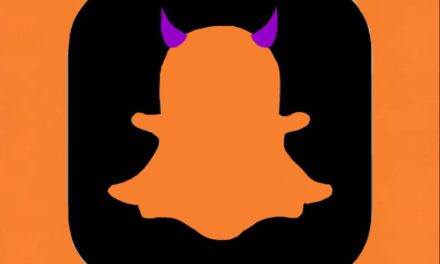By Jasmine Enberg and Debra Aho Williamson
Facebook reported its Q4 2018 earnings on Wednesday, beating expectations for ad revenue and user growth. In this eMarketer Analyst Insight, Senior Analyst Jasmine Enberg and Principal Analyst Debra Aho Williamson explain four key takeaways for advertisers.
1. Facebook is still growing users and its ability to monetize them.
For the past few quarters, Facebook has focused more on the combined usage of its “family of apps” rather than the number of users for its individual platforms. It’s easy to see why. During its Q4 earnings, Facebook said 2.7 billion people use at least one of its four apps—Facebook, Instagram, Messenger and WhatsApp—every month, an increase of 100 million users over Q3. It’s easier to show growth when all the apps are combined, and it hides weakness in any one service.
You might think we’re talking about Facebook there, but usage in Q4 was still strong. Monthly active users (MAUs) were up 9% over Q4 2017, reaching 2.32 billion. Most of the growth came from Asia-Pacific (up more than 14%), but MAUs in Europe also rose by 3%. The latter was somewhat of a surprise given the falloff Facebook reported in the region over the past few quarters.
Figures for the US and Canada remained flat quarter over quarter, at 242 million MAU.
We expect relatively marginal growth for the US and Canada in 2019. According to our latest forecast, the number of monthly users in the region will rise by just 1.0% to 190.4 million. Our figures are lower than Facebook’s as we factor out duplicate, fake and business accounts.
The good news is that Facebook is still clearly able to squeeze revenue out of its existing users, with the company reporting a Q4 average ad revenue per user (AARPU) in the US and Canada of $34.09, up by 29.8% over Q4 2017. Worldwide AARPU was up by 19.2%, reaching $7.25 in Q4 2018.
2. Advertising in Stories is more popular than people thought.
Stories were one of the trendiest marketing vehicles of 2018, and it seems there was truth behind the hype. Facebook said 2 million advertisers were active on Stories on Facebook, Instagram and Messenger last year. That’s close to one-third (28.6%) of the 7 million total active advertisers across all of its apps.
But Stories monetize at a lower rate than the news feed, and Facebook admitted that could hurt its bottom line this year. “We’re seeing the mix shift toward Stories. And that is going to be something that will contribute to a deceleration of revenue growth…in 2019,” Facebook’s chief financial officer David Wehner said during the earnings conference call.
As the audience for Stories grows, however, we’re likely to see more advertisers come into the fold, driving up prices. In Q4 2018, there were more than 500 million daily active users of Instagram Stories. In June 2018, that figure was 400 million.
3. More commerce is coming.
Shopping was certainly top-of-mind for Facebook executives during the conference call, with Mark Zuckerberg, chairman and CEO of Facebook, calling it “one of the most exciting product opportunities.” That said, don’t expect ecommerce to outrank advertising as a revenue source for Facebook anytime soon.
“Ecommerce is an important vertical for our advertising business. Our success in…continuing to build good advertising products for our ecommerce clients will be a more important contributor to revenue in the foreseeable future than the new areas,” Wehner said.
Those new areas include products that would improve the shopping experience on Instagram and on Marketplace, Facebook’s ecommerce platform, as well as enabling payments.
Facebook has already started testing WhatsApp payments in one country: India. During the earnings call, Zuckerberg revealed that the service, called WhatsApp Pay, would be rolled out to more markets in 2019. He didn’t specify which ones, but it’s likely to be other places where WhatsApp has seen strong adoption, such as the Netherlands, Italy, Spain, Germany and Finland.
4. Facebook confirmed it’s working on messaging integration, but it won’t roll out in 2019.
The New York Times recently reported that Facebook is planning to integrate the underlying infrastructure of its three messaging apps – Instagram, Messenger and WhatsApp. During the call, Zuckerberg confirmed those plans but said there is a lot of work to be done before it happens.
“We’re really early in thinking through this. There’s a lot more that we need to figure out before we finalize the plans…This is going to be a long-term project that I think will probably be…a 2020 thing or beyond,” he said.
Zuckerberg said that the move is intended to improve the user experience by enabling seamless communication across its different properties. He added that it would also improve privacy as all three apps would incorporate end-to-end encryption, which protects messages from being viewed by outsiders. End-to-end encryption is currently only available on WhatsApp.
Of course, this would also have some commercial advantages. Messaging is one of the three pillars that Facebook has said it will use to grow ad revenue, and back-end integration would make it easier for advertisers to track and target users across Facebook’s properties.















